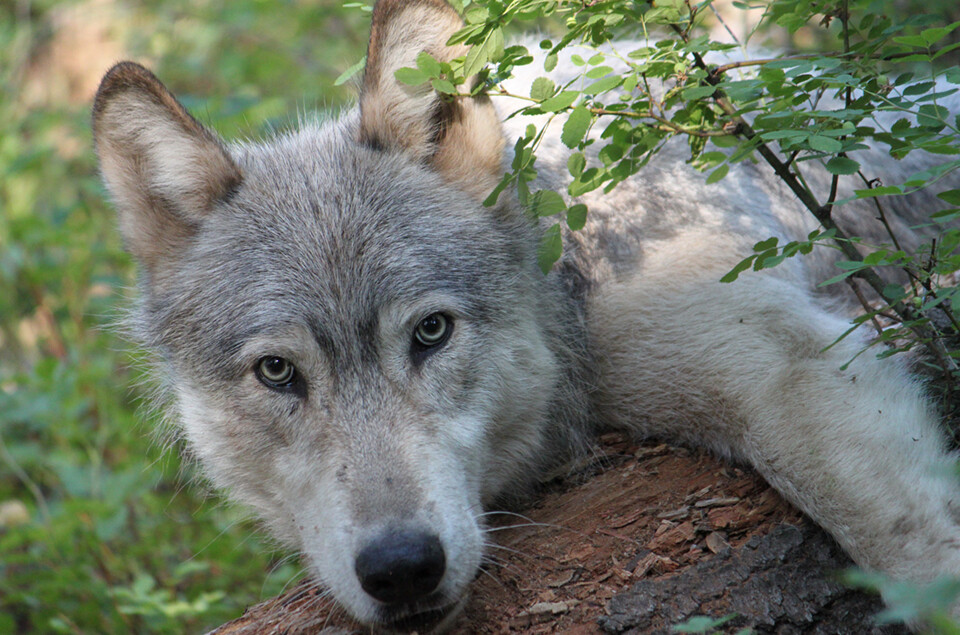Oregon Wolf Numbers Stagnant With Highest Human-Caused Death Rate In Over A Decade

For the first time since gray wolves started returning to Oregon, their growth rate has plateaued. While 178 wolves were counted in 2023 across the state according to the Oregon Department of Fish and Wildlife’s (DFW) annual wolf report, this year biologists counted precisely the same number, reflecting a zero net growth rate.
Oregon Human-Caused Wolf Deaths Statistics
33 human-caused wolf deaths were recorded in the state for the year. Compared with the previous record high number of 21 human-caused wolf deaths in 2021, the latest numbers are the highest number recorded since the ODFW started keeping track in 2011. 12 wolf deaths are being investigated by State and federal officials as potential poaching cases and one additional case is confirmed to be illegal poaching. The deaths include at least two wolves that were shot and killed and seven that were poisoned.
In addition, four wolves that are not the subject of poaching investigations were hit by vehicles, and Oregon lost another 10 wolves to Colorado when they were trapped and relocated to restore the Centennial State’s wolf population in 2023. State permits issued to ranchers for wolf packs found to have killed livestock account for another 16 wolf deaths- over double the number of state-sanctioned wolf kills since 2022. This is also the highest number since Oregon started repopulating wolves in the early 2000s.
Bethany Cotton, Cascadia Wildlands conservation director, said that for Oregon’s wolf population to recover, the number of human-caused deaths would have to be reduced.
Wolf Depredation In Oregon
When wolves kill or maim domestic animals, a process known as depredation, officials in parts of the state may authorize their killing. Wolf kill permits were issued for areas in Eastern Oregon, which saw a 22% increase in livestock depredations, but state-authorized wolf kills last year more than doubled from the previous year, despite that wolves preyed on slightly fewer farm animals and working dogs in 2023 than they did in 2022. The drop from 76 to 73 kills by wolves is attributed by wildlife officials to where the depredations were concentrated.
By changing the way it investigates ranchers’ reports of potential depredations, the ODFW says they are streamlining the notification process and more quickly approving lethal control by empowering field biologists to make livestock depredation determinations on the ground, according to their spokesperson, Michelle Dennehy.
Dennehy said that because of this streamlining process, the ODFW will stop reporting the total number of livestock depredations it investigates. In 2022, 121 potential livestock depredations were reported by ranchers of which the state tied approximately 37% to wolves. Due to the new process, the 2023 annual wolf report doesn’t include the number of unconfirmed livestock depredations.
Certain wolf advocates are worried that the increase in state-authorized wolf kills makes poaching appear more acceptable.
